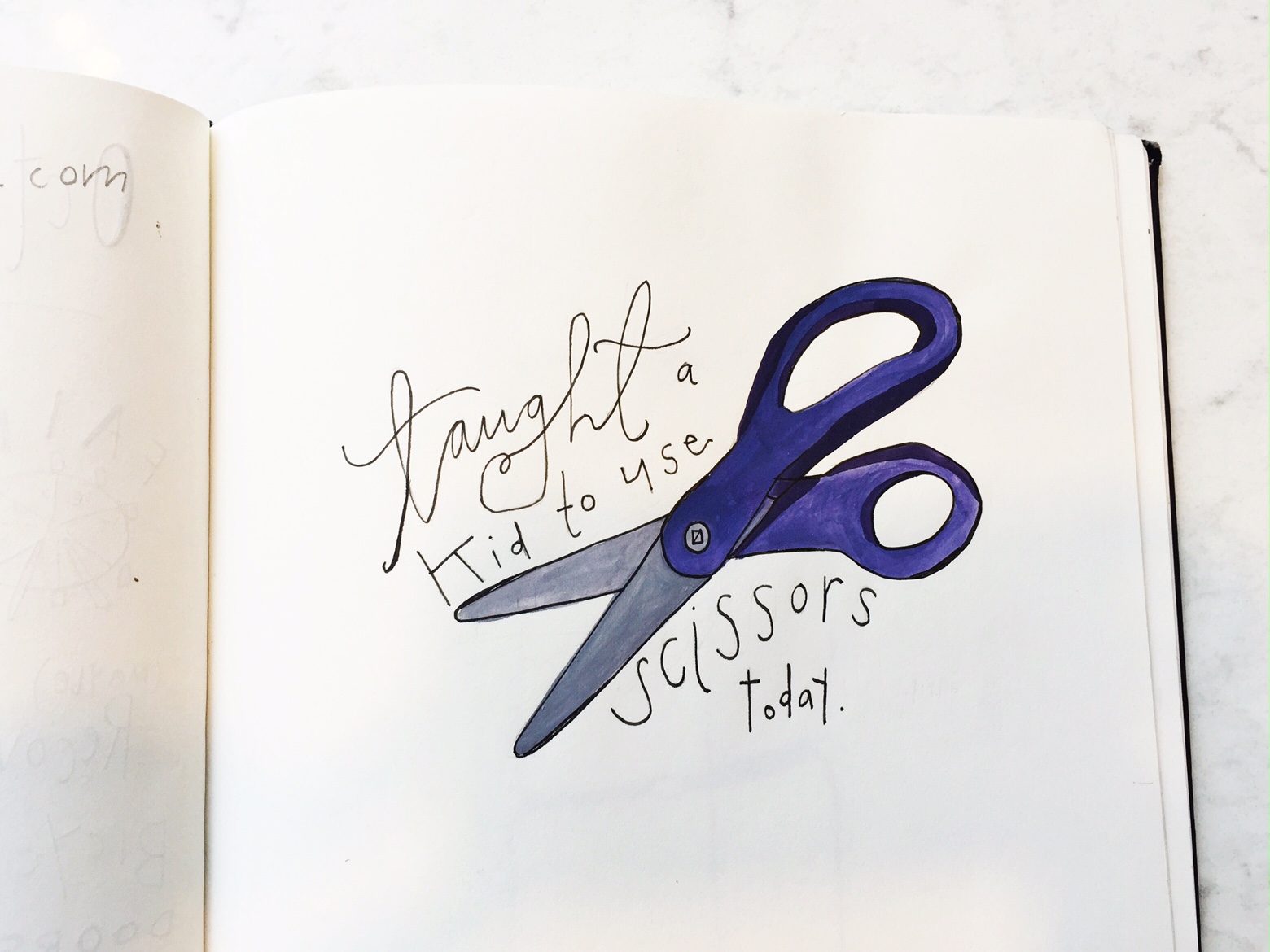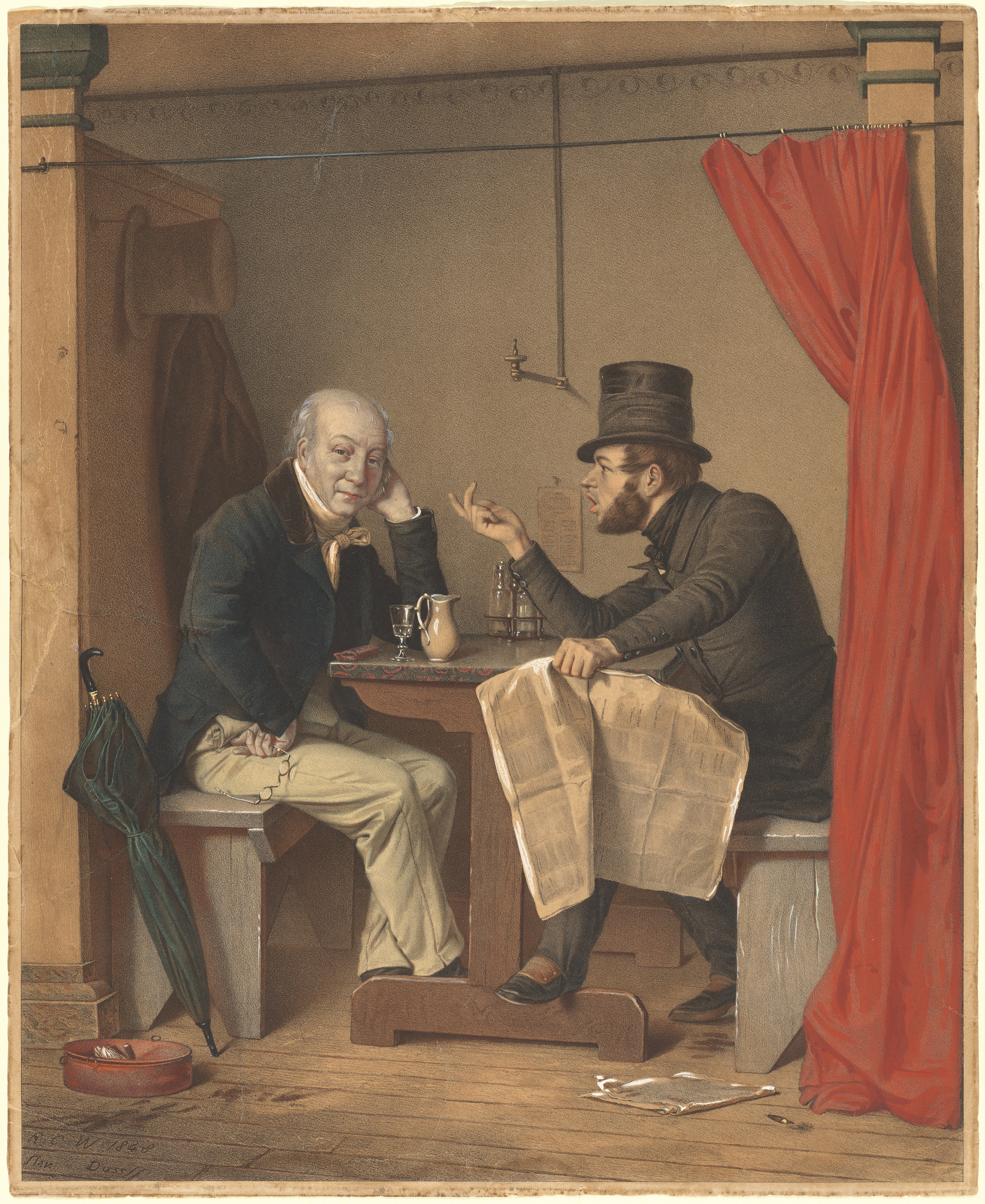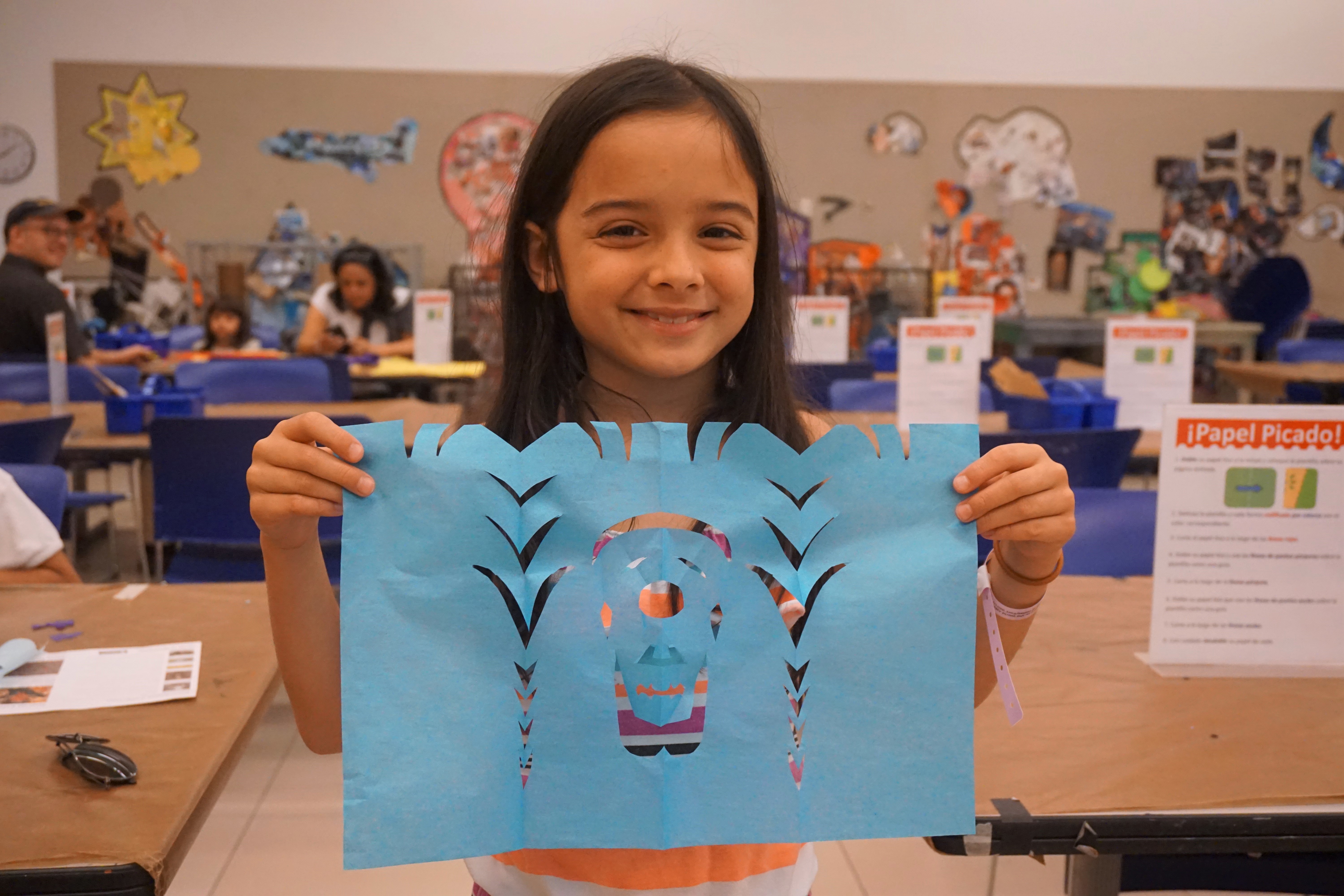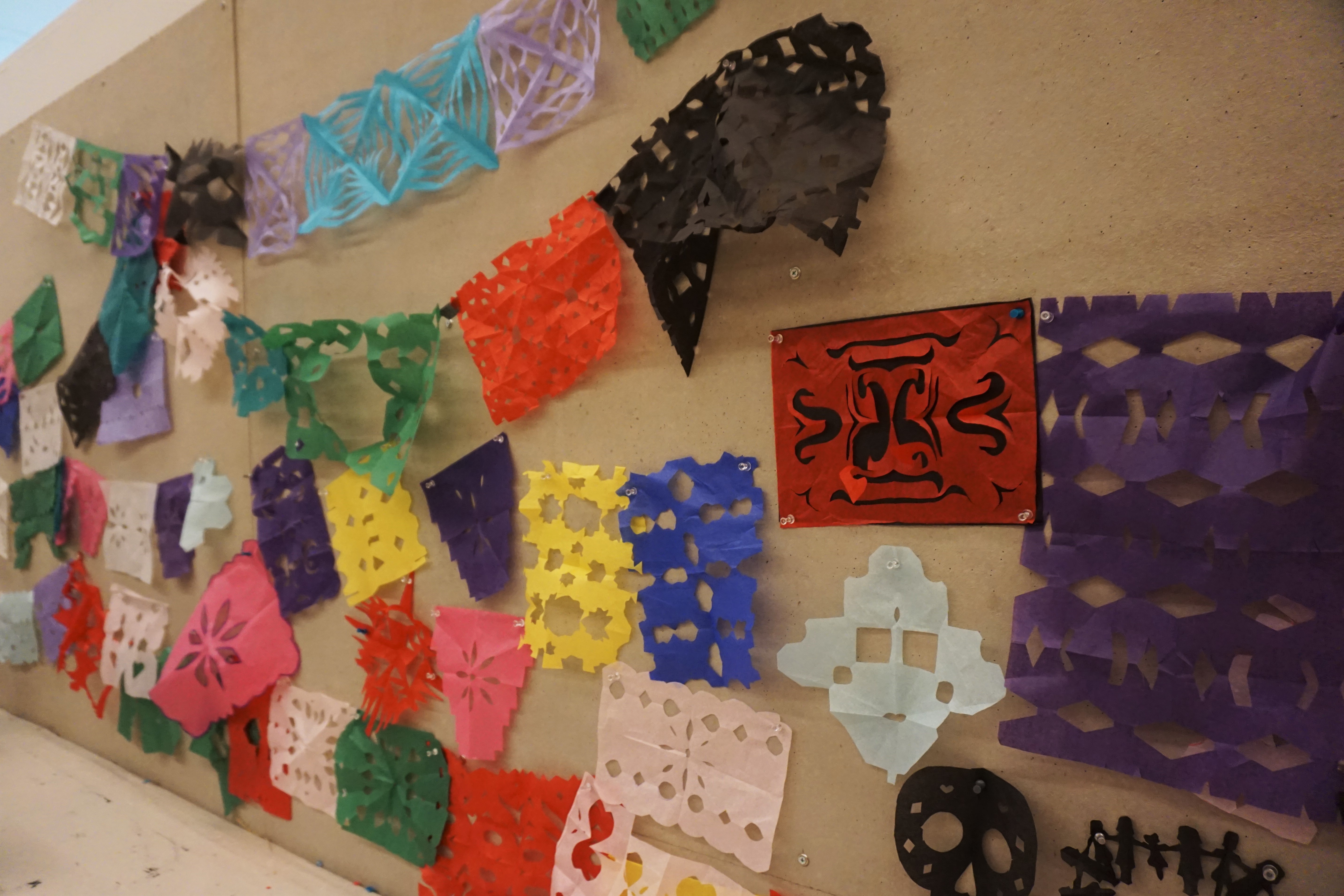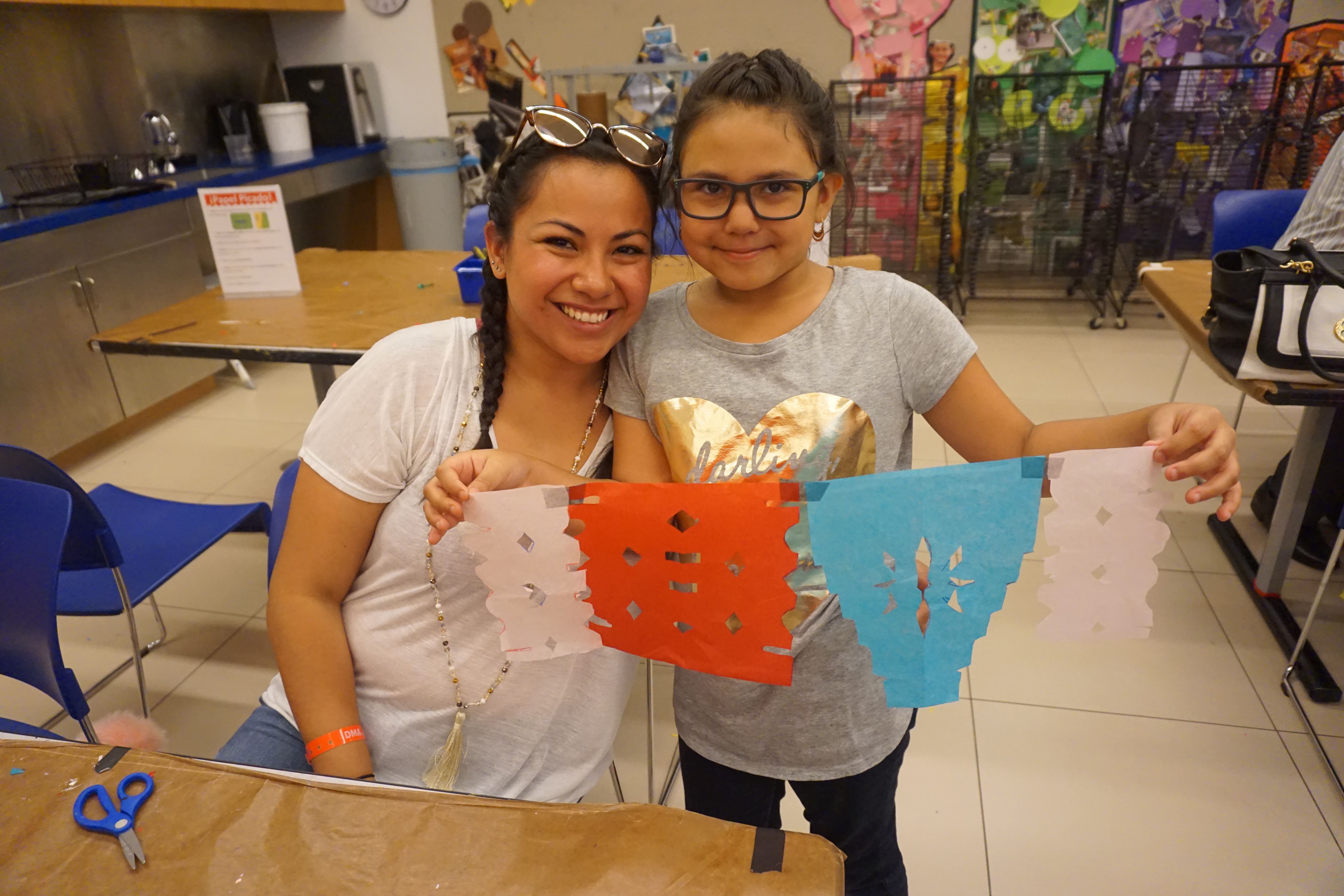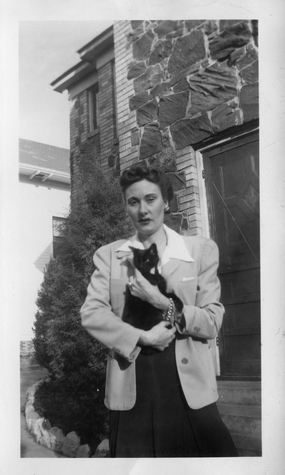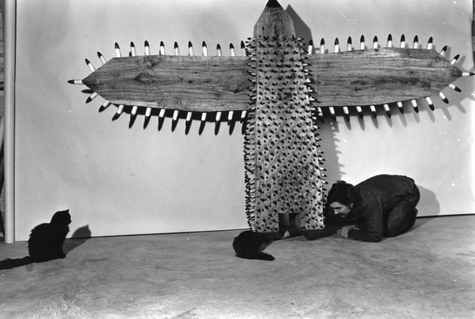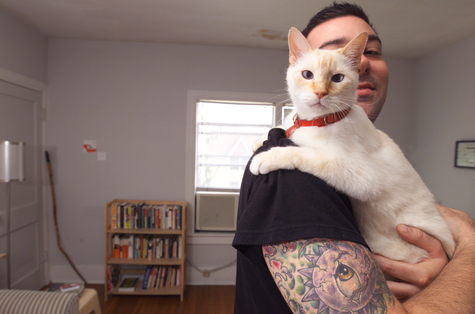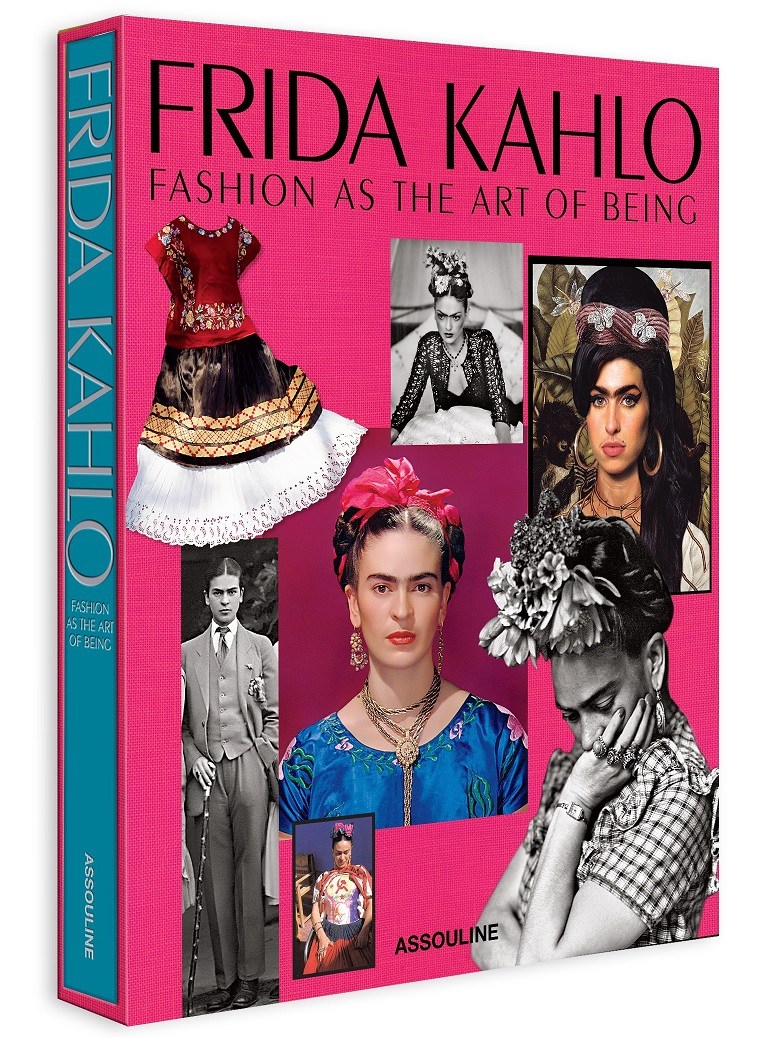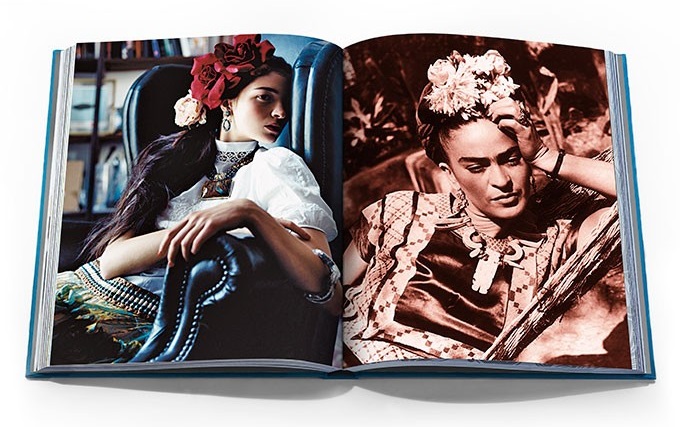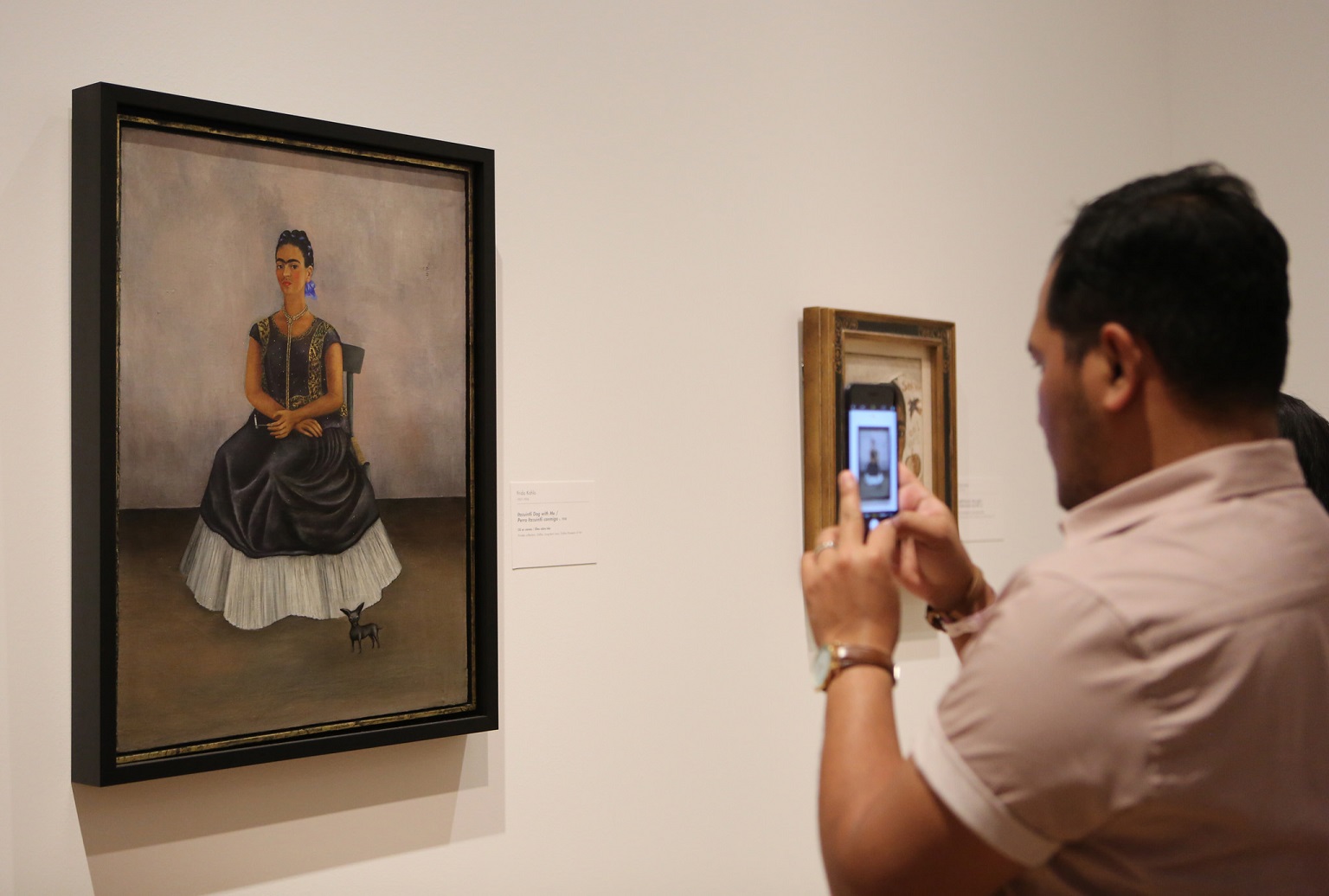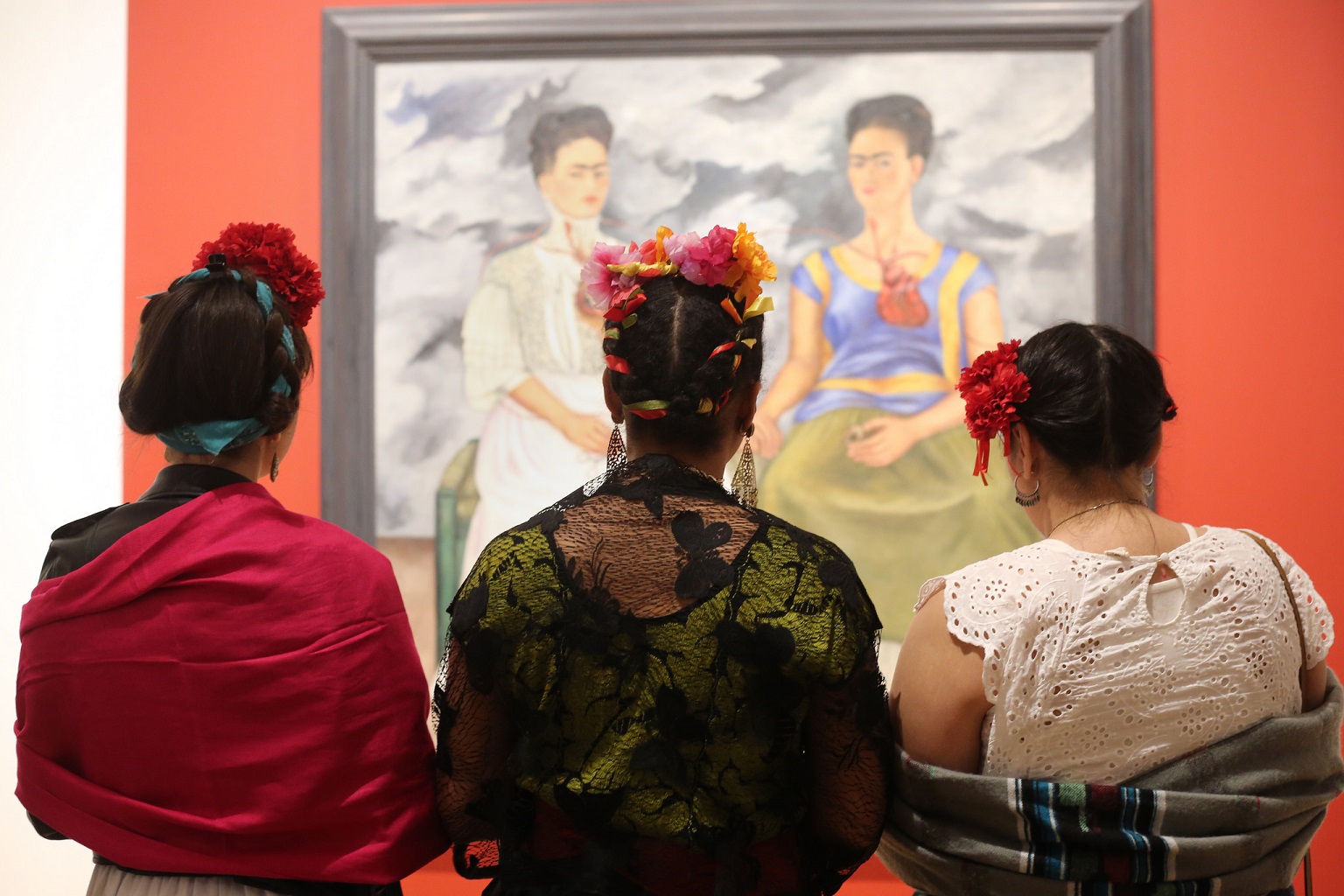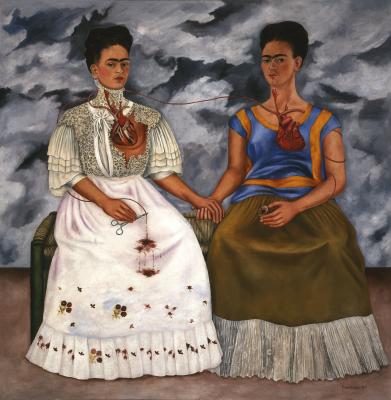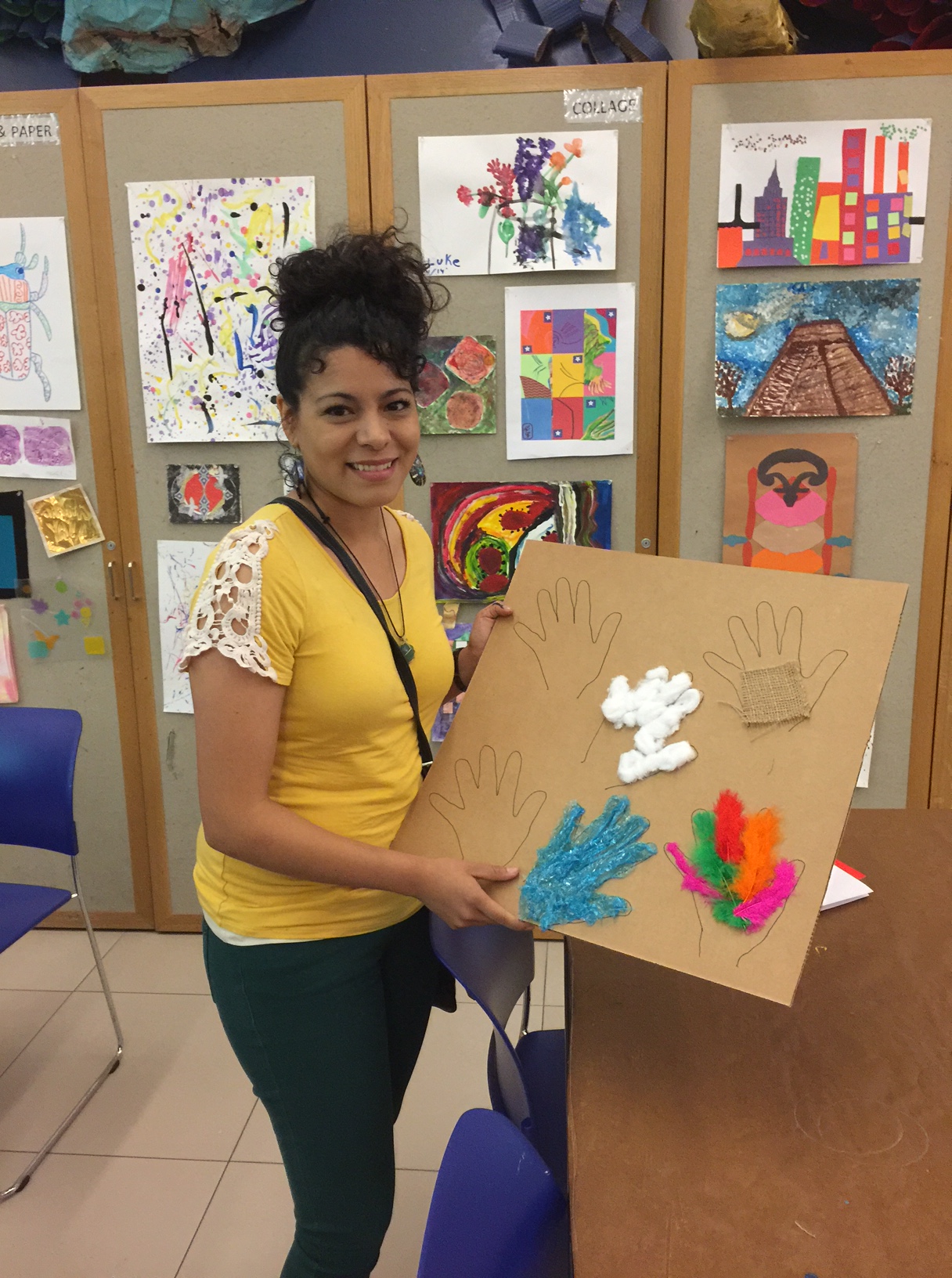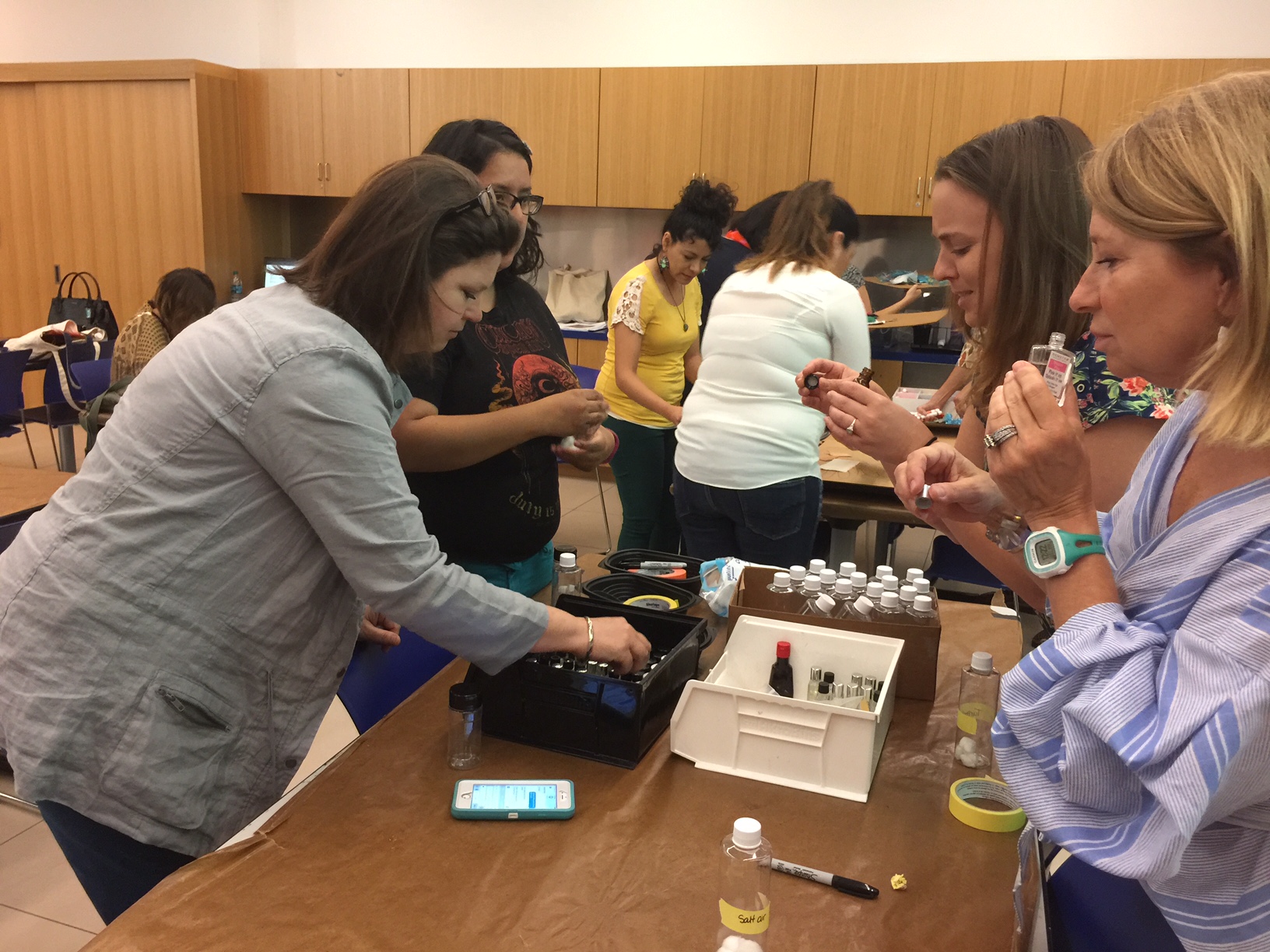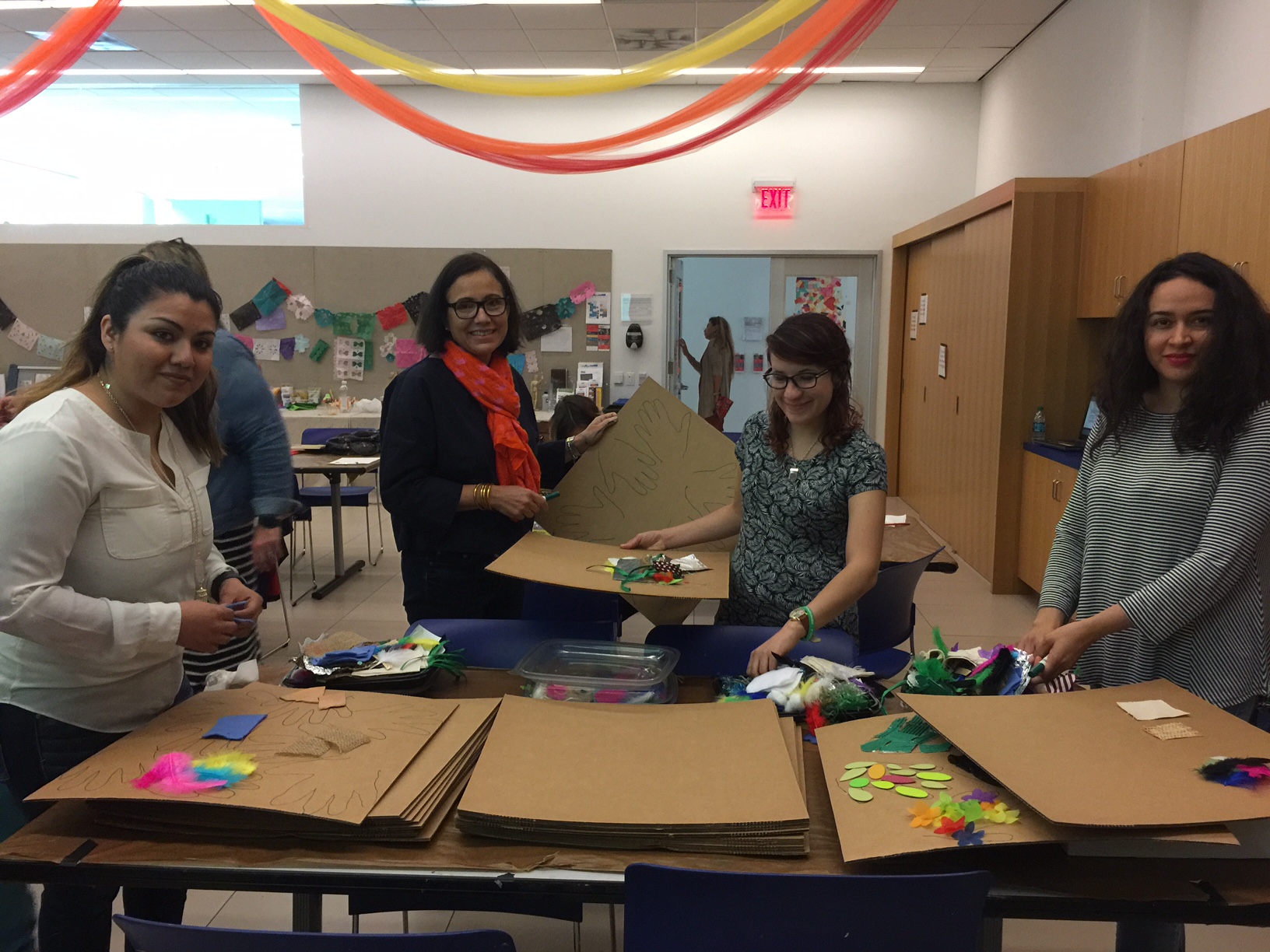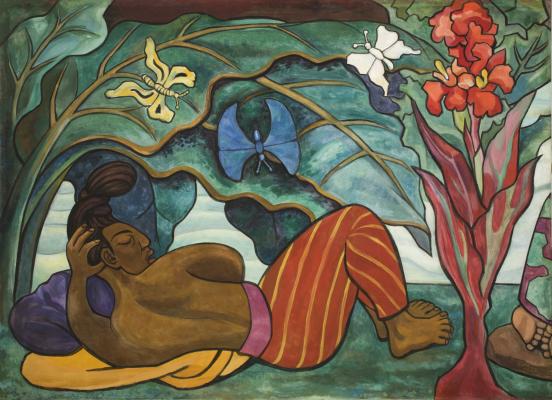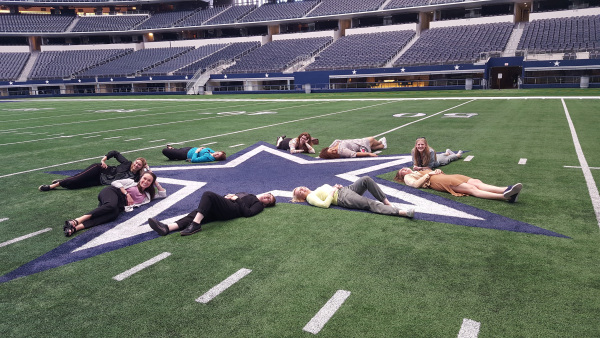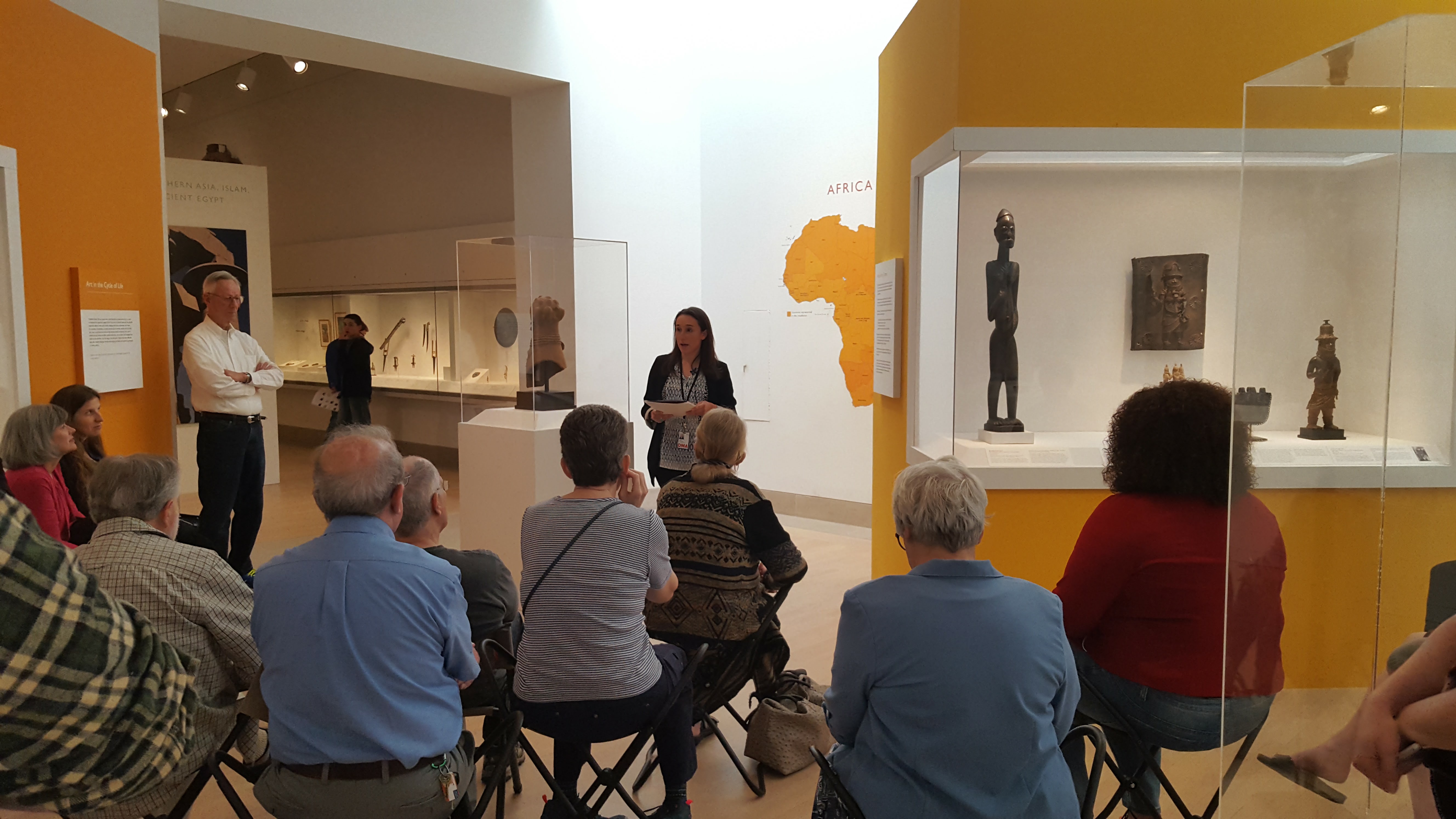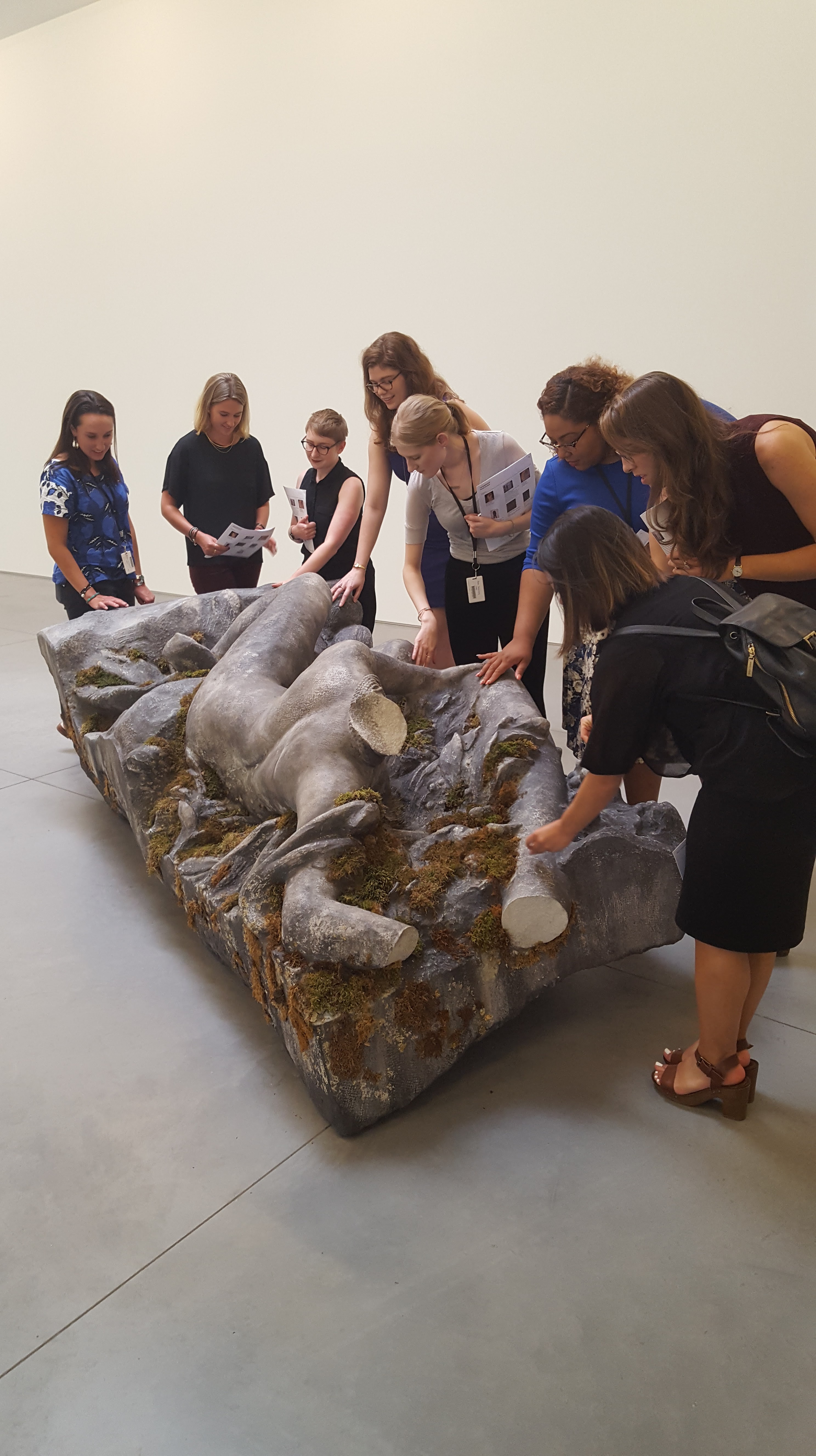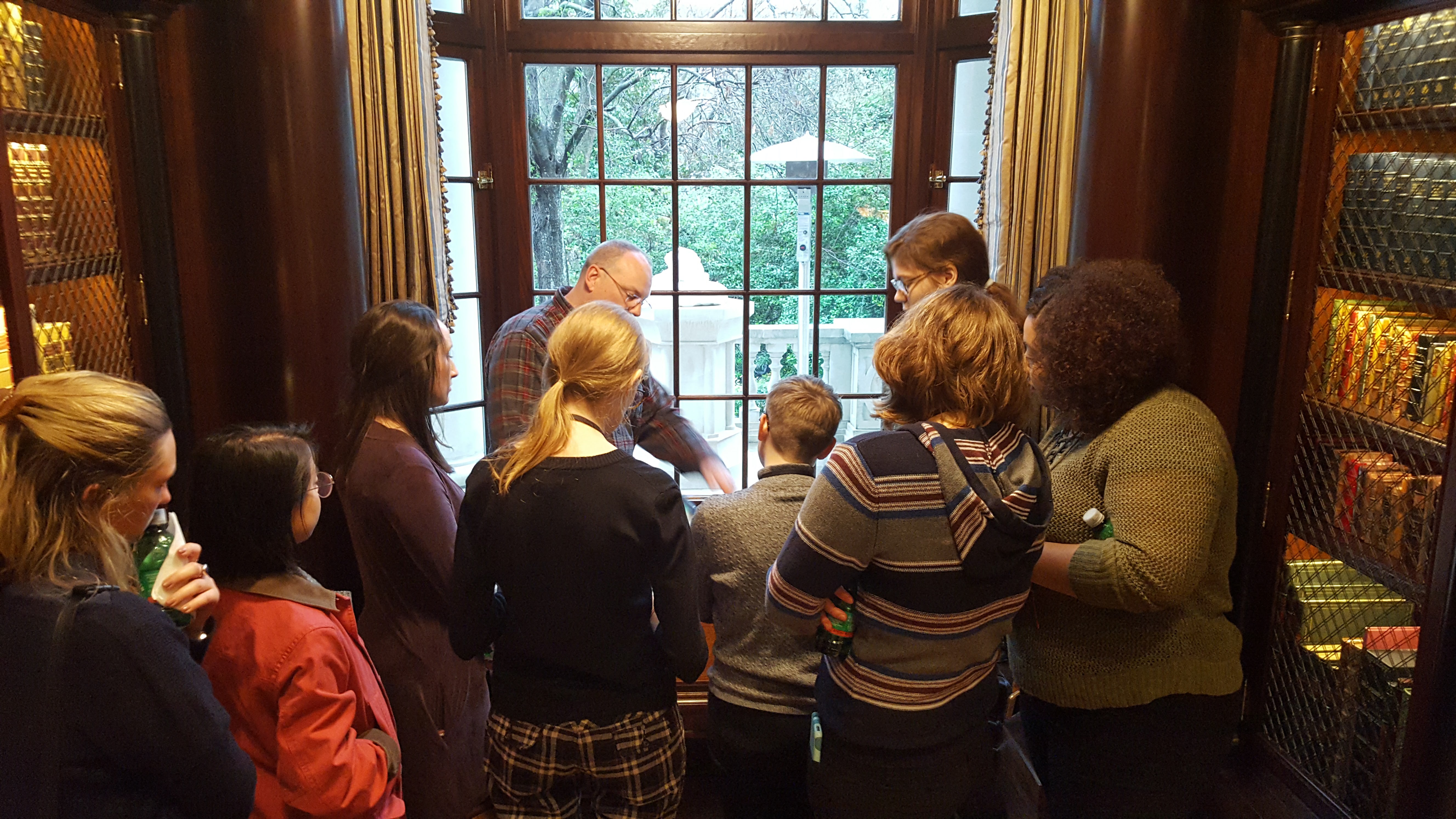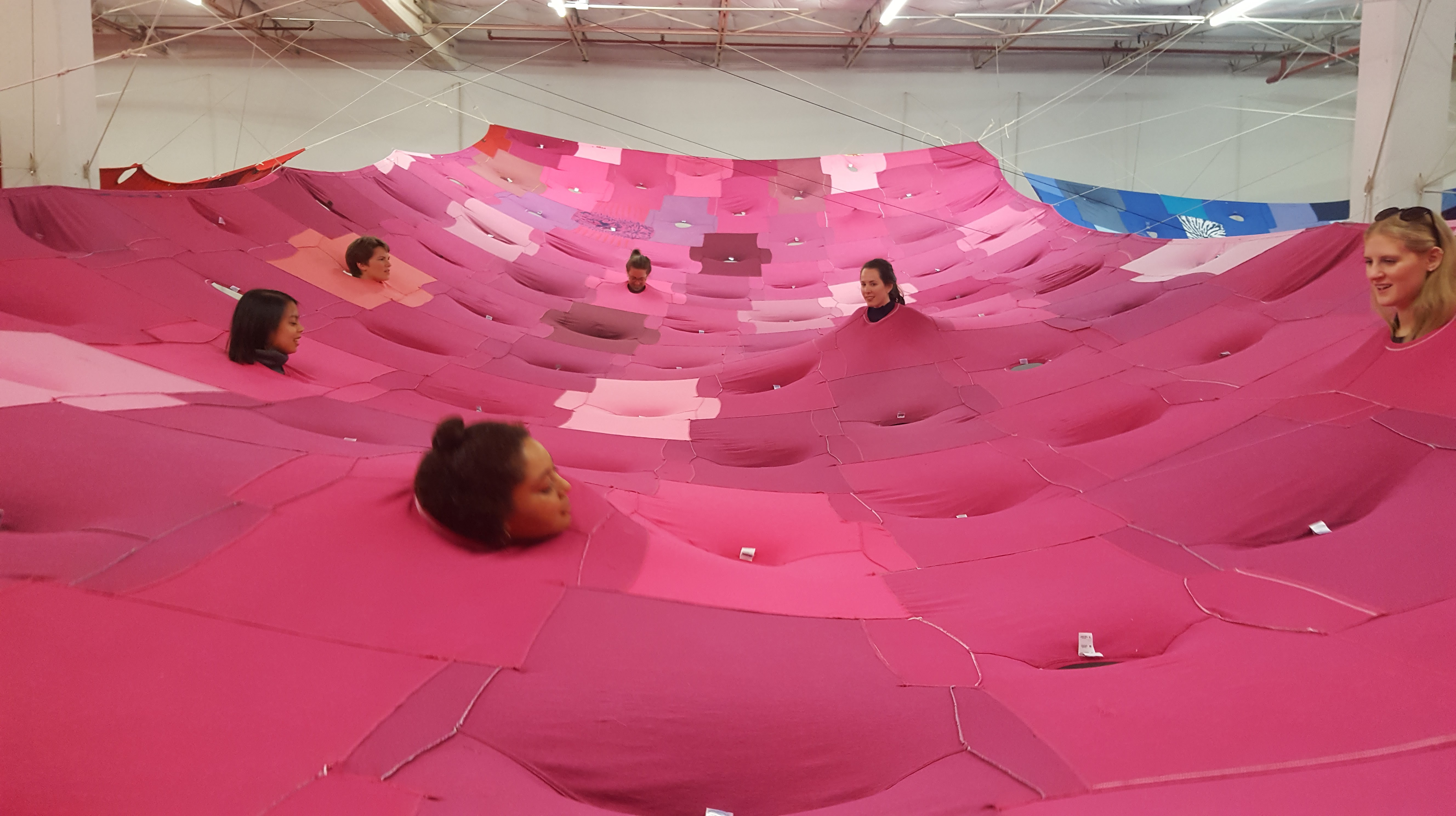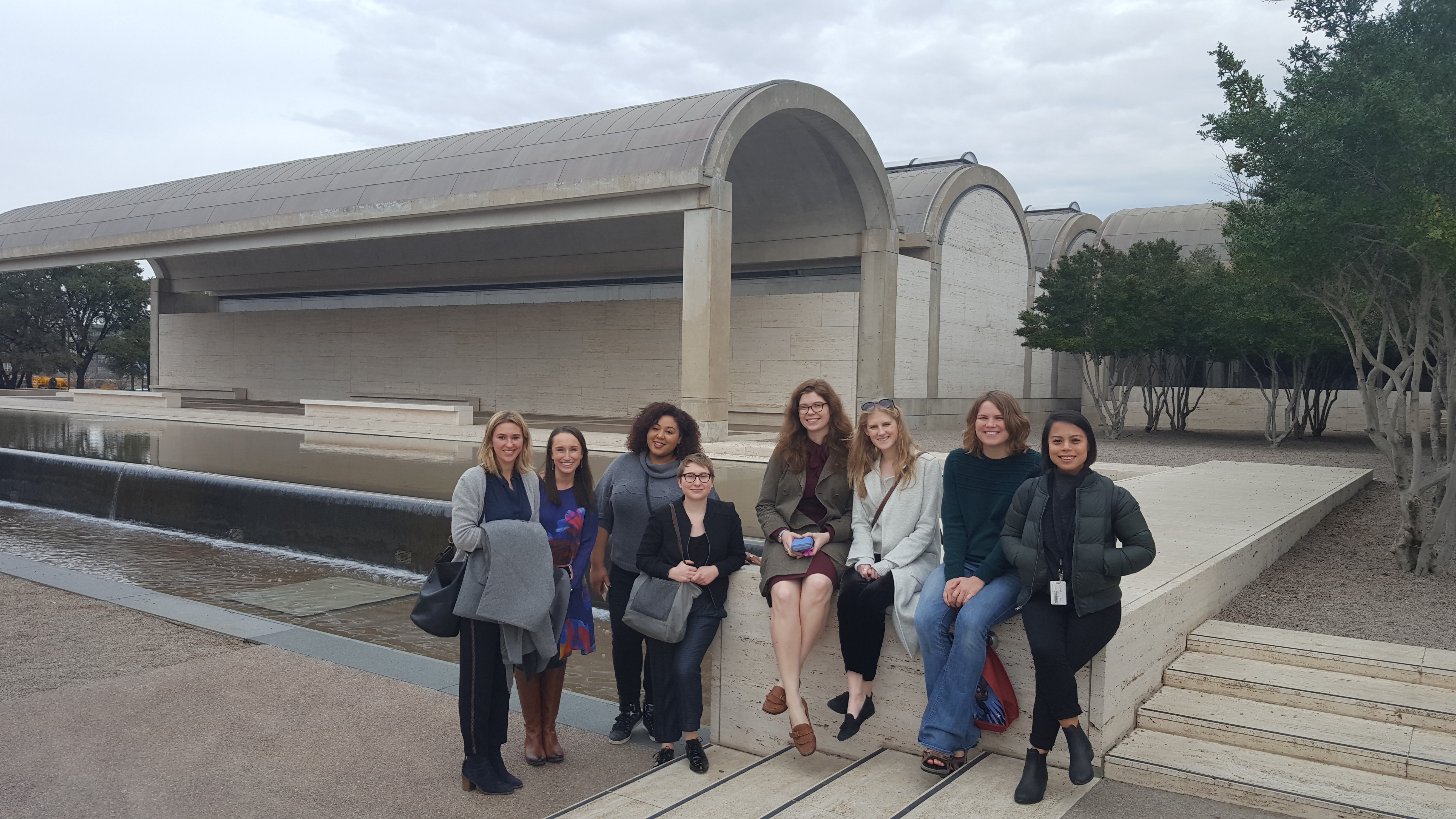This summer, as part of our México 1900-1950 exhibition, we are celebrating Mexico’s Golden Age of Mexican cinema with free screenings of some of the era’s most beloved and acclaimed films. I asked Alex Garcia Topete, Lead Programmer for Latino and International Programming with The Dallas International Film Festival, to share a few words about what makes this period of film so special and how these films continue to impact filmmaking today. Here’s what he had to say:
What is the Golden Age of Mexican cinema and what is its legacy in the history of film?
It’s the period between the late 30s and late 50s when Mexico became a powerhouse of cinema because of the quality of talent, technical achievements, and overall success of the now-classic films. Without the Mexican Golden Age, there would be no Scorsese, no Spielberg, no Coppola. It also established many of the stars and characters that are worldwide icons of Mexico since then.
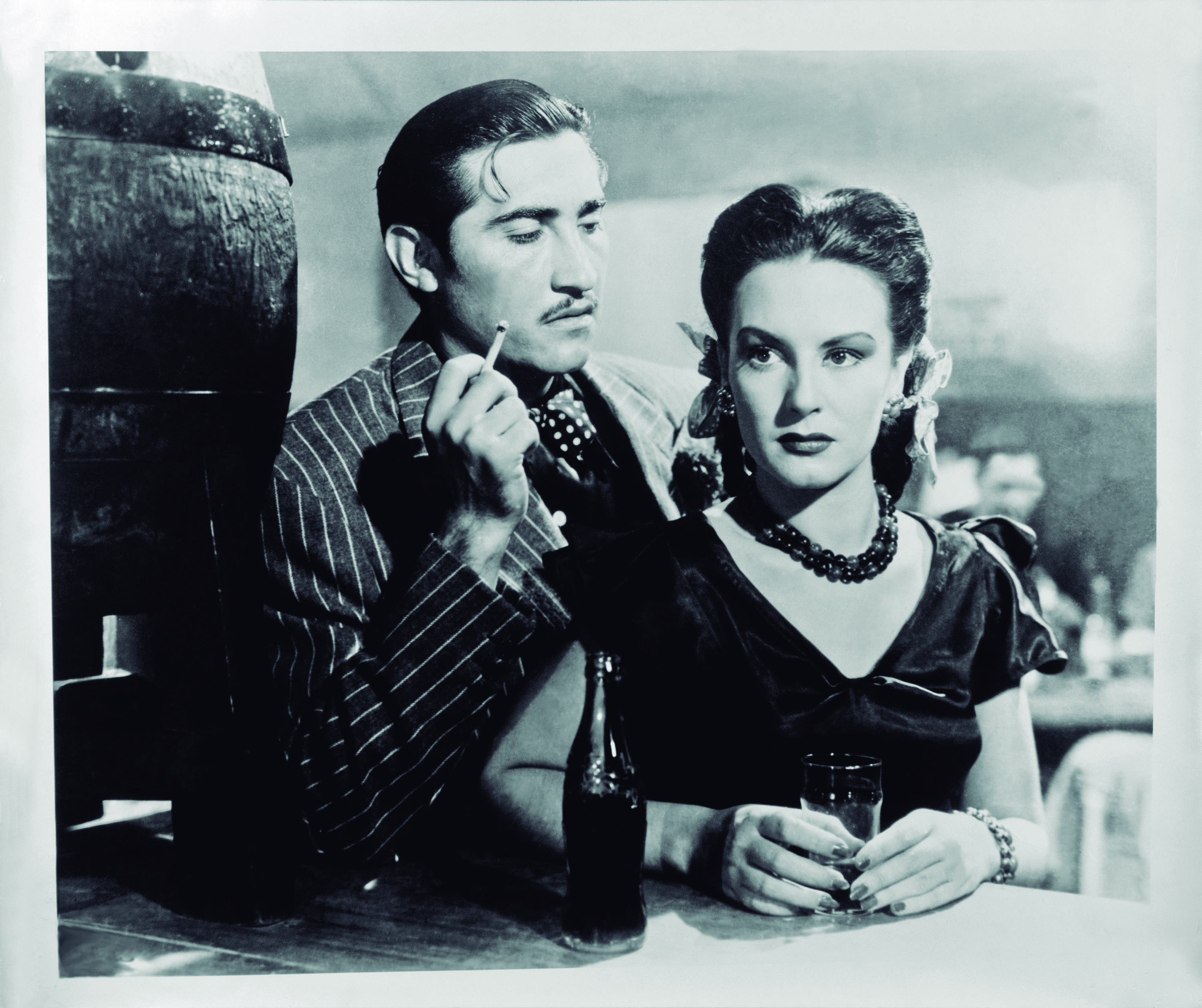
Salón México, 1949
What are some of the recurring themes and genres of films made during this period?
First and foremost, strong women are one of the constants. Even when the female lead may be a damsel waiting for her lover, she would still be the one in control and driving the narrative in most Golden Age films. The theme of family and duty also appears a lot, thanks to the changing social mores of the era. In terms of genre, the “ranch comedy” surged—funny or romantic stories that happen in rural settings, kind of a subdued western; however, every major genre had a presence in the Golden Age: film noir, screwball, musicals, biblical epics, you-name-it!
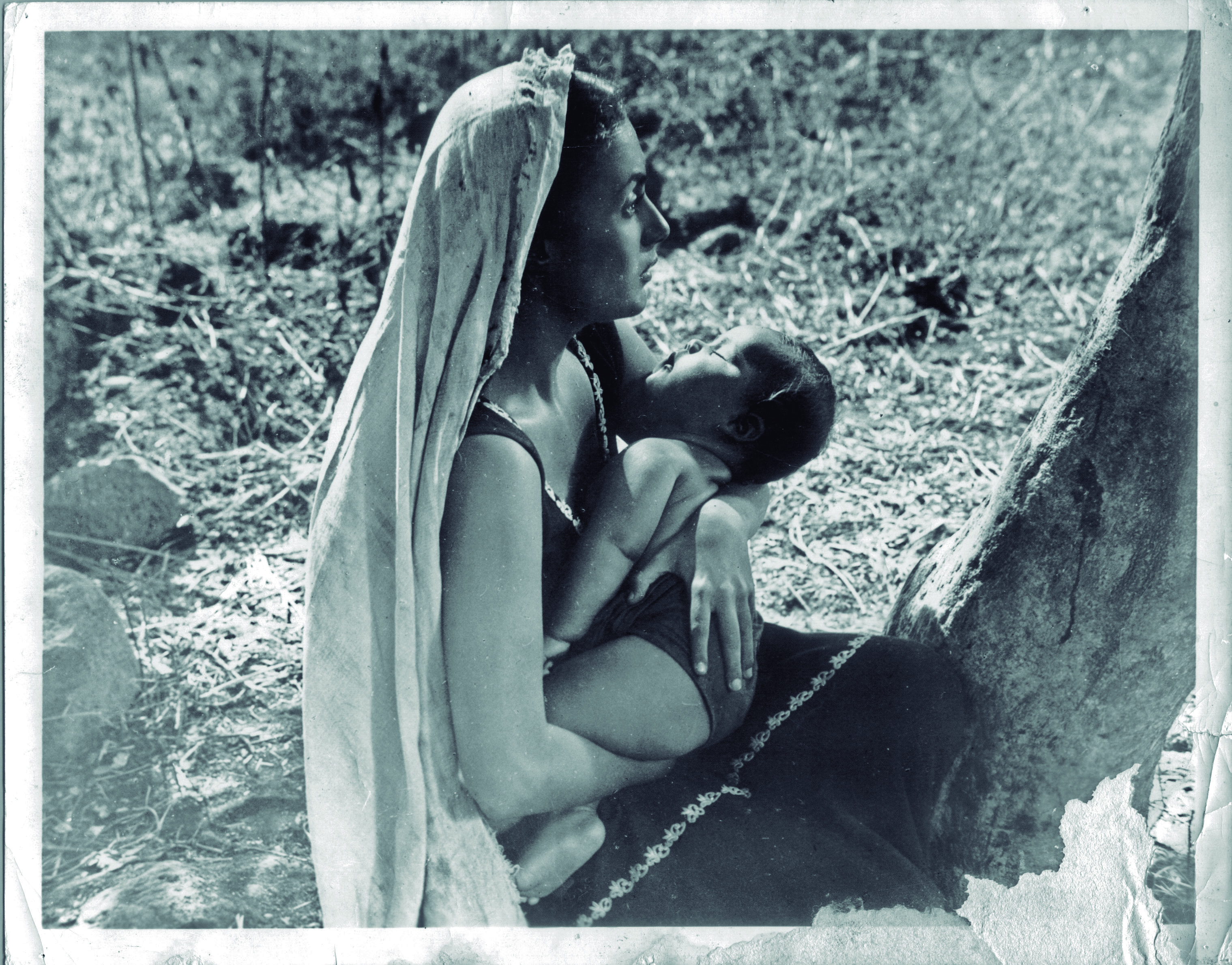
La Perla (The Pearl), 1947
What do you think modern day audiences might like about these films?
Modern audiences will appreciate the universality of the Golden Age films. Yes, they’re all emblematic of what “Mexico” means and what a lot of people think of when they hear that, but the stories and characters are all timeless and universal. Yearning lovers, matriarchs, funny goofballs—the Golden Age presented the whole world in the setting of Mexico.
What are a couple of your favorites and why?
Ahí está el Detalle is one of my favorite comedies because it was the beginning of the legacy of Cantiflas, Mexico’s Charlie Chaplin; Los Olvidados and El Ángel Exterminador because they’re Luis Buñuel at his most masterful; and Los Tres García because it’s a milestone bringing together three of the biggest stars of Mexican cinema. I could go on and on.
Check out a full lineup of film screenings at DMA.org, and don’t miss your chance to see these classics on the big screen.
Jessie Frazier is the Manager of Adult Programming at the DMA.



